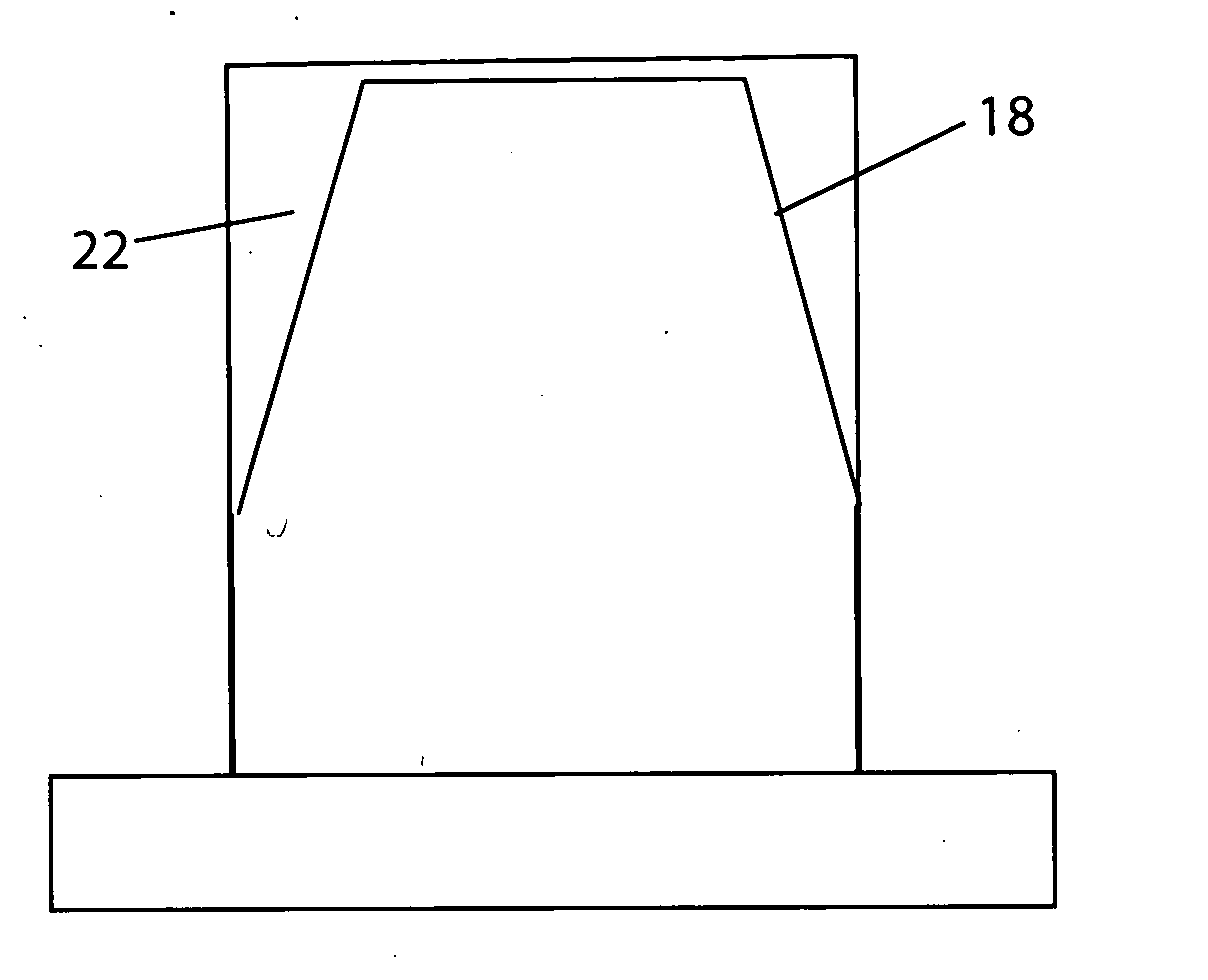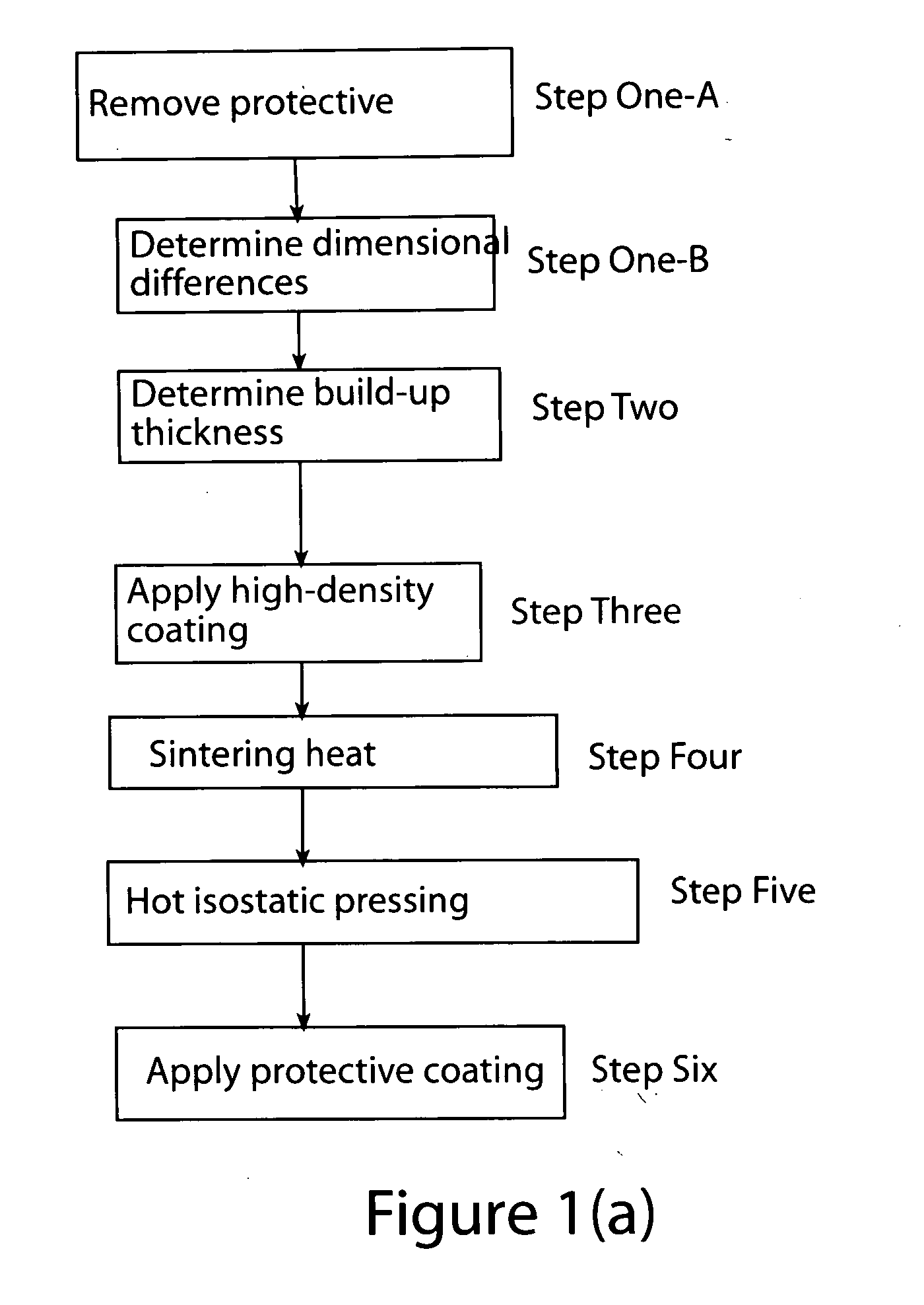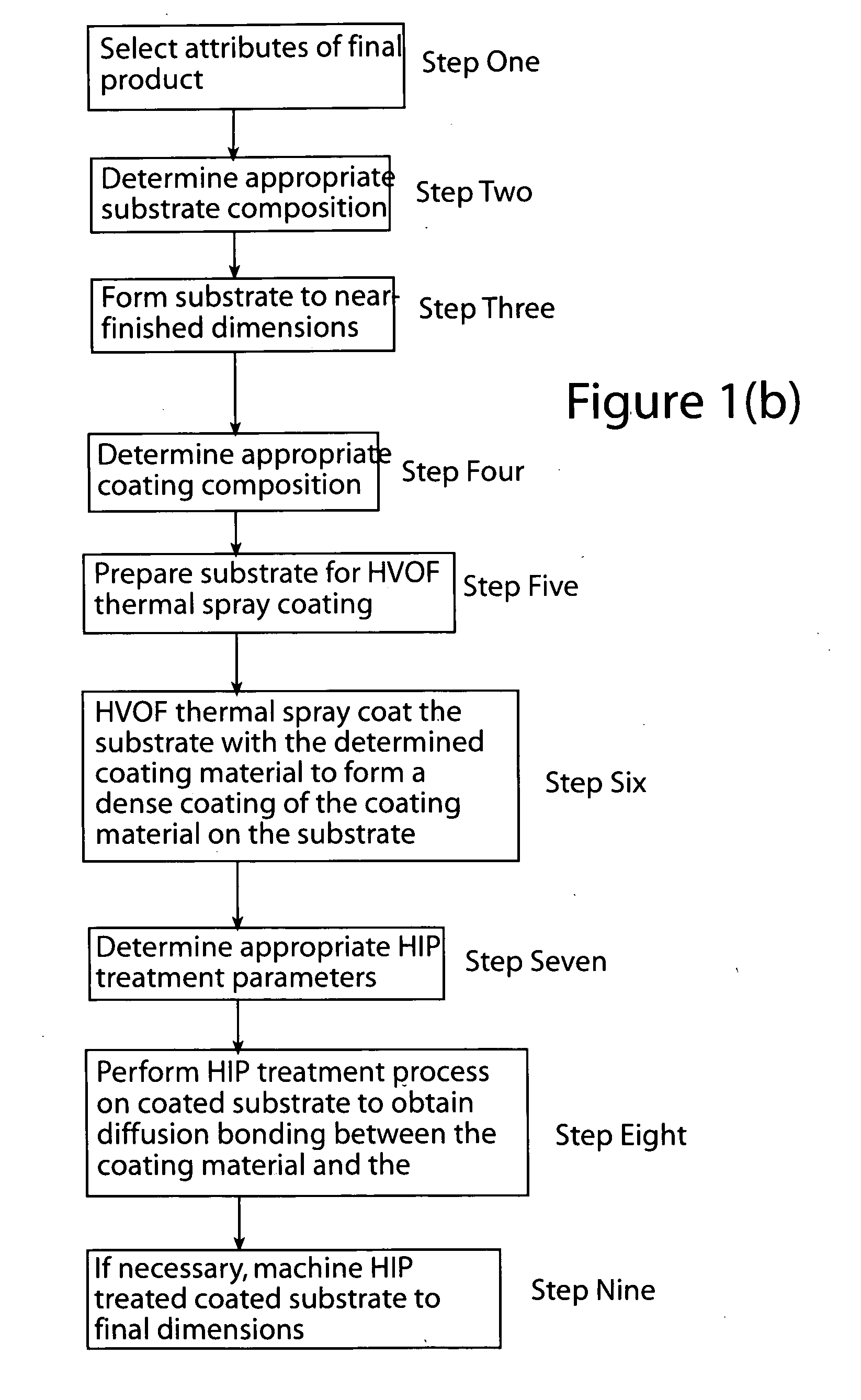Method for repairing a cold section component of a gas turbine engine
a cold section component and gas turbine engine technology, applied in the direction of machines/engines, climate sustainability, heat inorganic powder coating, etc., can solve the problems of local pitting corrosion and foreign object damage, cold section components of the engine become worn and in need of repair, and conventional methods for repairing cold section components of the gas turbine engine are limited to minor blending, so as to limit the occurrence of bubbles
- Summary
- Abstract
- Description
- Claims
- Application Information
AI Technical Summary
Benefits of technology
Problems solved by technology
Method used
Image
Examples
Embodiment Construction
[0148] For purposes of promoting an understanding of the principles of the invention, reference will now be made to the embodiments illustrated in the drawings and specific language will be used to describe the same. It will nevertheless be understood that no limitation of the scope of the invention is thereby intended, there being contemplated such alterations and modifications of the illustrated device, and such further applications of the principles of the invention as disclosed herein, as would normally occur to one skilled in the art to which the invention pertains.
[0149] Referring to FIG. 1 (a), in accordance with the present invention, the dimensional differences between pre-repaired dimensions of a turbine engine airfoil part and desired post-repair dimensions of the turbine engine airfoil part are determined (Step One-B). The turbine engine airfoil part has a substrate comprised of a superalloy. A build-up thickness of coating material required to obtain the desired post-r...
PUM
| Property | Measurement | Unit |
|---|---|---|
| diameter | aaaaa | aaaaa |
| porosity | aaaaa | aaaaa |
| porosity | aaaaa | aaaaa |
Abstract
Description
Claims
Application Information
 Login to View More
Login to View More - R&D
- Intellectual Property
- Life Sciences
- Materials
- Tech Scout
- Unparalleled Data Quality
- Higher Quality Content
- 60% Fewer Hallucinations
Browse by: Latest US Patents, China's latest patents, Technical Efficacy Thesaurus, Application Domain, Technology Topic, Popular Technical Reports.
© 2025 PatSnap. All rights reserved.Legal|Privacy policy|Modern Slavery Act Transparency Statement|Sitemap|About US| Contact US: help@patsnap.com



